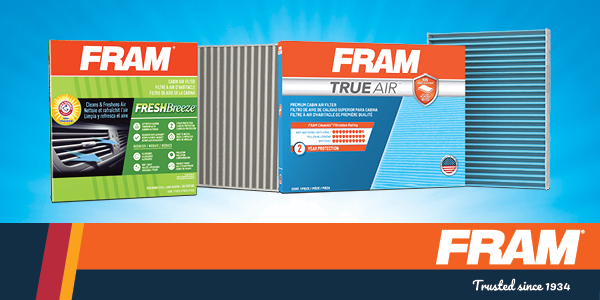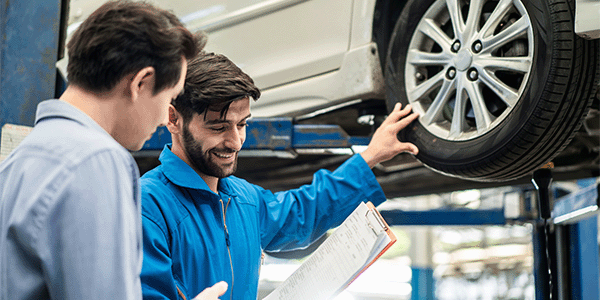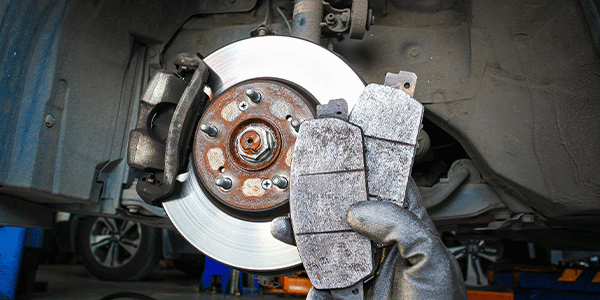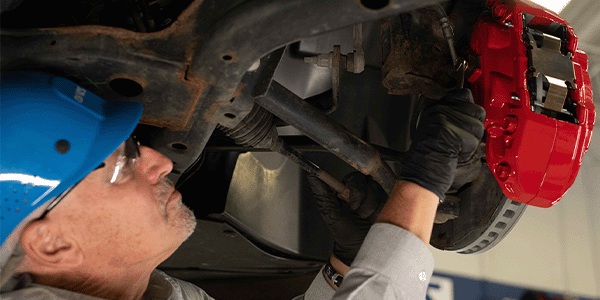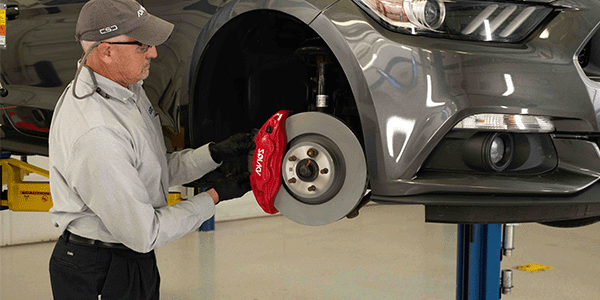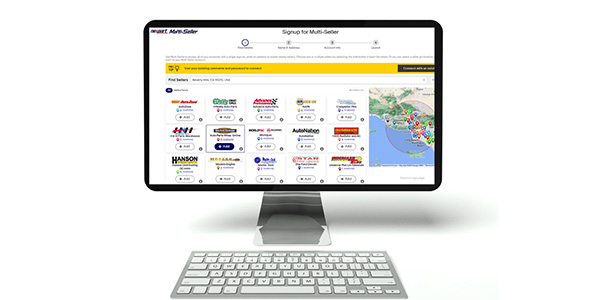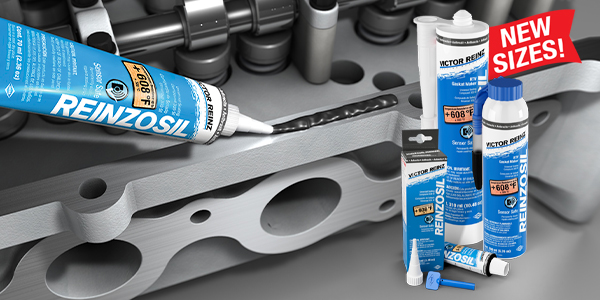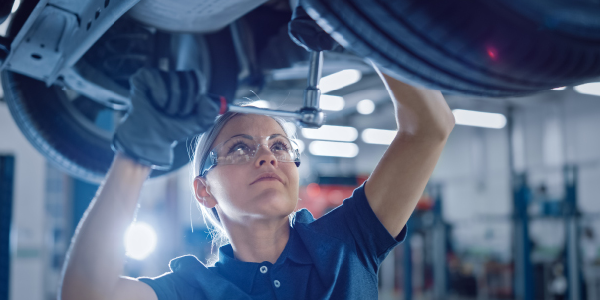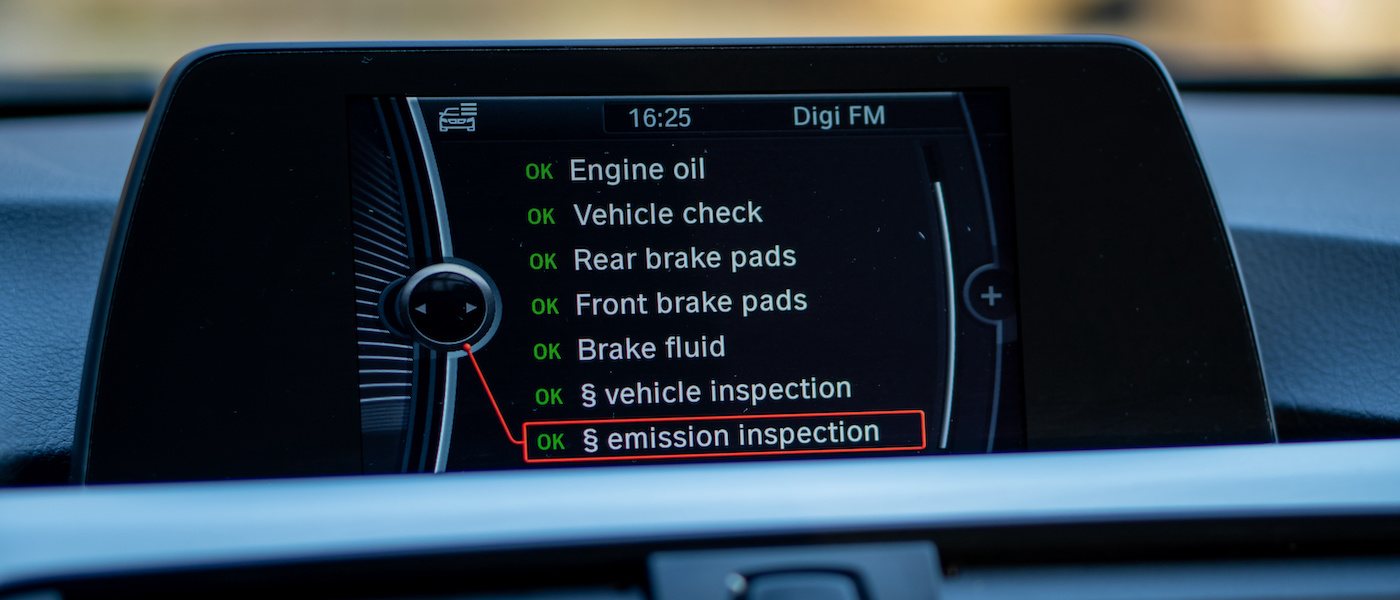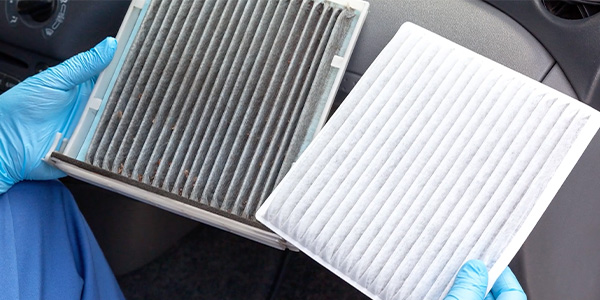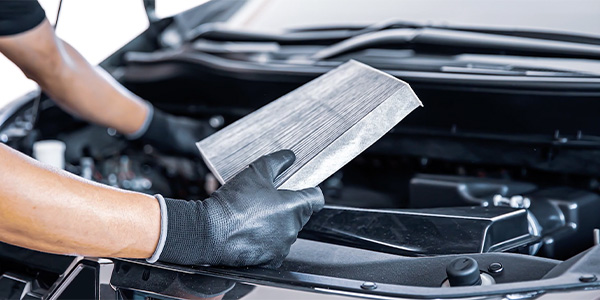Whether you’re an automotive professional or a DIYer, oil changes are one of the first basic maintenance jobs you learn. This is a relatively simple and routine task, and customers understand that is vital to protecting your engine and extending its life.
Oil changes are something that every driver must do at regular intervals, so it’s no surprise that oil and oil filters make up a large share of consumer automotive maintenance spend. According to an IBIS World report from 2020, oil change services have grown to a $7 billion market.
While regular oil and filter changes are often top of mind to consumers, some other standard maintenance needs may not be. Customers consistently purchase basic wearable vehicle parts like wiper blades, taillight and headlight bulbs, wiper blades and various fluids, but sometimes the cabin air filter becomes an overlooked product.
Driving with clean, comfortable cabin air
Through routine daily driving, airborne particulates kicked up on the road or blowing in the wind can enter through your vehicle’s ventilation system. This will expose the driver and passengers to dirt, allergens, and pollen which can be irritating and harmful. Cabin air filters were introduced as an OEM part in 1989 and have since grown in popularity and technical features. Most vehicles 2005 and newer contain such a filter which traps contaminants from entering the cabin through the ventilation system.
Like the engine air filter, a clogged cabin air filter will restrict proper air flow and strain your vehicle’s A/C, making your vent fans work harder to circulate air. The best way to avoid these problems is to replace your cabin air filter regularly, and choose a filter designed for balancing filtration and airflow.
FRAM’s newest premium cabin air filter, FRAM TrueAir™, features an innovative N95 grade media that capturers 95% of harmful airborne contaminants, as small as 0.3 micron. FRAM TrueAir™ is designed with dual-layered protection to filter out 99% of dirt, dust, pollen, and allergens to keep the cabin air clean.
Another cabin air filter option, FRAM Fresh Breeze®, is engineered with Arm & Hammer™ baking soda and has activated carbon embedded in its media. These unique features provide deodorizing properties while also filtering out up to 98% of airborne contaminants, keeping cabin air clean and fresh.
FRAM® recommends changing the cabin air filter every 12 months or 12,000 miles to help improve airflow, optimize filtration efficiency, and protect the vehicle’s heating and cooling system. FRAM® cabin air filters are quick and easy to install, taking as little as 15 minutes to have in place so drivers and passengers can enjoy clean air every time they drive.
FRAM has a legacy that goes back decades and is always working to deliver leading technology and innovations. FRAM® delivers a full set of filtration products to keep contaminants under control in critical spaces. If you’re already protecting your customers’ engines with quality engine air and oil filters, your customers also deserve to ride comfortably with optimal cabin air filtration. Explore the full offering of trusted filters at fram.com.

